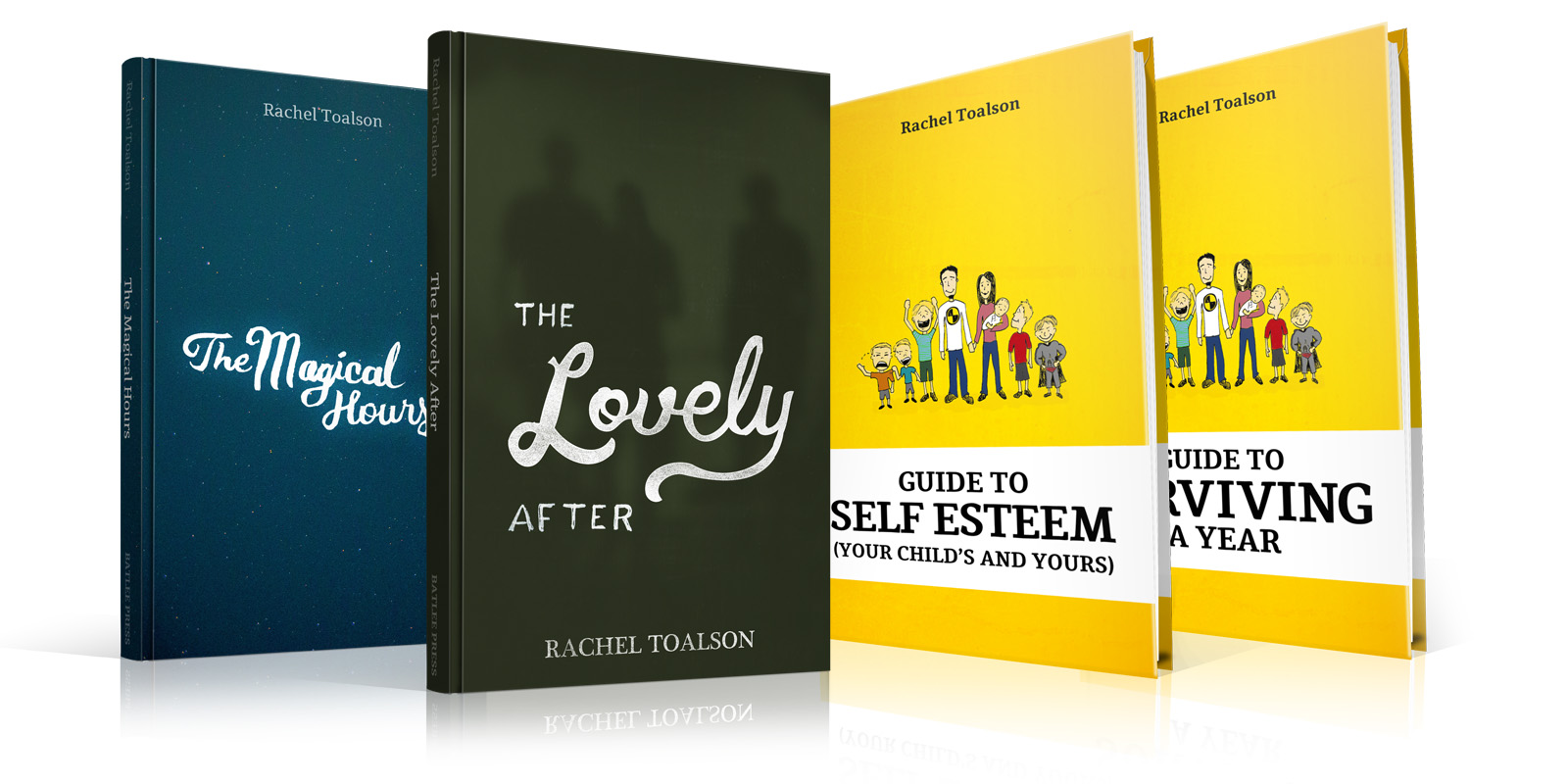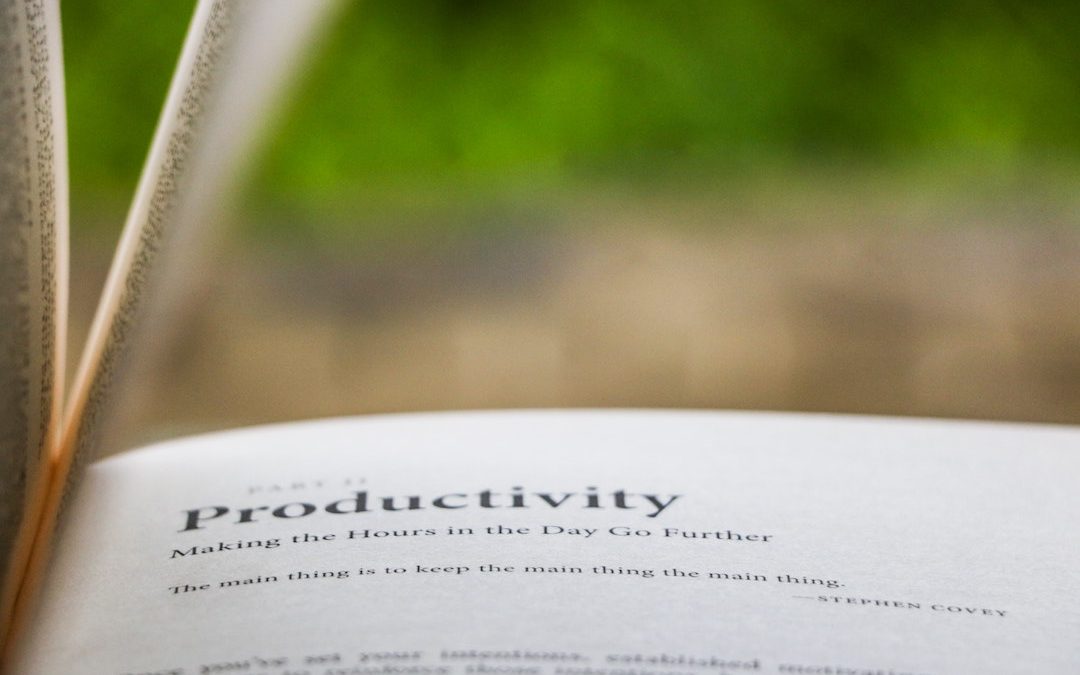
by Rachel Toalson | Writing tips
Now that my kids have been back in school for a while, I am settling into my schedule, trying to use my time as wisely as I can and be as productive as possible.
As a task-oriented person, I have a slight productivity advantage over personalities like my husband’s. He tends toward, “I’ll get done whatever I get done, and no more or less. No expectations. We’ll see what happens.” That’s too ambiguous for me.
There are, of course, advantages that his personality has over mine (I’m reminded of this any time I try to take a day off or we go on vacation), so I don’t want you to hear that one personality is better than the other; that’s not what I’m saying at all.
I do, however, want to share some of my favorite productivity hacks, in hopes that some of them might be helpful to you.
1. Try a schedule.
I know some people cringe at being locked into a schedule. For some it can seem like a prison of sorts. I have to write every day from 10 to 11:30 a.m.? What if something comes up? What if I don’t feel like it? What if…?
I won’t say that this schedule won’t be interrupted now and then. If a teacher calls because my kid has a fever, I obviously have to go pick him up. But having that dedicated time to write, every day, helps when I’m making yearly doctor checkups and scheduling meetings with friends; I schedule around it. It is sacred writing time.
Beyond that, scheduling my days helps me make the most of my time. I schedule workout time, writing time, break time, yoga and stretching time, short walks through the wilderness time. You can even schedule social media time if you so desire. Knowing where your hours go is helpful when you’re trying to accomplish big things with a very tight schedule.
2. Know what you’re going to work on before you sit down (or stand up) to work.
Before I put away my week’s work for the weekend, I always look ahead to the next week and plan. I figure out the projects that will take precedence (I work on multiple projects at a time, which helps me do my best work—but also doesn’t work for everyone). I assign one project to each writing session (I have three sessions during the school year and two during the summer). I plan my business tasks. Then I put my work away and wait until next week to pick it up again.
Planning before my work time begins helps me save time trying to decide, in the moment, what I want to work on. It reinforces the habit and discipline of sticking with a project to the finish. And it means when I have dedicated writing time, during which I’m making lots of decisions for my plot and characters and words, I don’t have to preface all that work with a decision about which project I should pick up—which can often feel intimidating and hinder our starting in the first place.
3. Take breaks and get enough sleep.
It might seem strange to include this suggestion in a piece about productivity. Shouldn’t you want to use all your hours to create? Wouldn’t that be the ultimate productivity win?
No! Contrary to the American way, our productivity is directly tied to how rested and invigorated our mind is. When we burn the candle at both ends (even during a regular eight-hour work day), we risk burnout. It’s practically impossible to create effectively with a brain and mind and body that’s burned out and exhausted.
Schedule regular breaks. Take a quick walk. Meditate. Play a game of Wall Ball with your kids. Sit down at the piano and play for five minutes. Get a snack. Stepping away from your desk for even a few minutes can help reinvigorate you so you’re ready to work smart.
These are not all of my productivity hacks, but I hope they help you in a small way (or a very big way!) this month.
Happy creating!
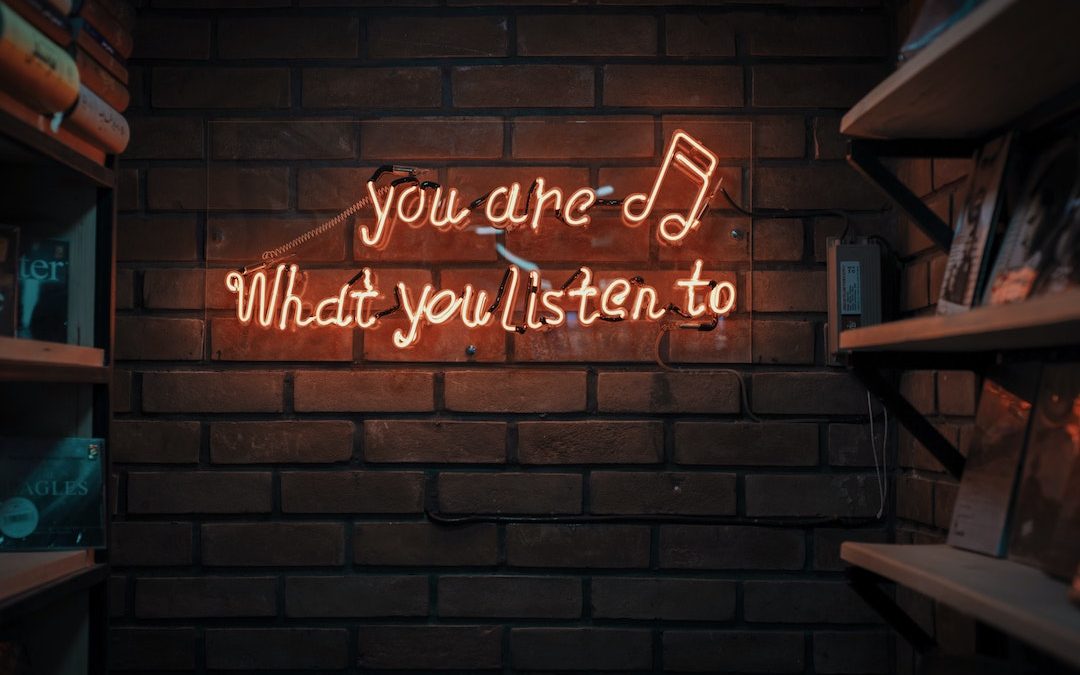
by Rachel Toalson | Books
1. Reading: I recently finished Simu Liu’s memoir, We Were Dreamers: An Immigrant Superhero Origin Story. It was both heartbreaking and inspiring, if a book can be such a thing. Liu shares about his family’s immigration to Canada, his fraught relationship with his high-expectation parents, and his difficult journey into acting. I loved everything about it—his humor, his humility, and most of all his hope. I listened to the audiobook on long runs, and his emotional sections were…well, let’s just say it was hard to breathe during those long runs when I heard his voice crack with pain. So, so good.
2. Reading: On the middle grade side, I thoroughly enjoyed Sal & Gabi Break the Universe, by Carlos Hernandez. It’s a book published by the Rick Riordan imprint, and it was a hilarious romp through the multiverse. I don’t generally pick up science fiction, but this one was well worth it. There’s a sequel, Sal & Gabi Fix the Universe, and that’s next on my list. I suspect it will be just as hilarious as the first. And who doesn’t need a little humor fiction?
3. Watching: Every Friday, while I’m huffing and puffing on the elliptical (after a 10-mile warmup run), I watch the Netflix series Call the Midwife. I am so glad I didn’t watch this series before I had babies, because it is terrifying, all the things that can go wrong during a birth—granted it takes place during the 1950s and 1960s. The characters and their arcs are so sweet and intriguing, and each episode has a wonderful story to tell about life and love and joy. I’ve gotten emotional so many times watching this series, and I’m only on Season 2. And they just announced the 11th season—which means other people like it as much as I do. I highly recommend it!
4. Reading: Another great middle grade book I recently finished is Lisa Jenn Bigelow’s Hazel’s Theory of Evolution, a book that covers family, friendship, and the unpredictability of life. I loved the way Bigelow explored intersectionality in a way that would be understandable for young readers—and would promote empathy and acceptance for the peers in their midst. I’m always looking for books like these to share with my kids, and this one I’ve recommended to my fifth, seventh, and eighth graders.
5. Listening: Looking for some great tunes to add to your playlist? Try Banners (actual name: Michael Joseph Nelson, but all his music is under “Banners.”). “Someone to You” is the first song of his I heard, and I was hooked. My kids and I were actually watching the trailer for the Apple Original animated movie Luck (also recommended), and this song was the backdrop. We had to know who it was, so I “searched it up,” as my kids say. Apparently he’s been around for a while. So I took a deep dive, as one is prone to do. Banners just released a new single, “Happier,” and it’s fantastic too. Download his music wherever you get your music. And happy listening!
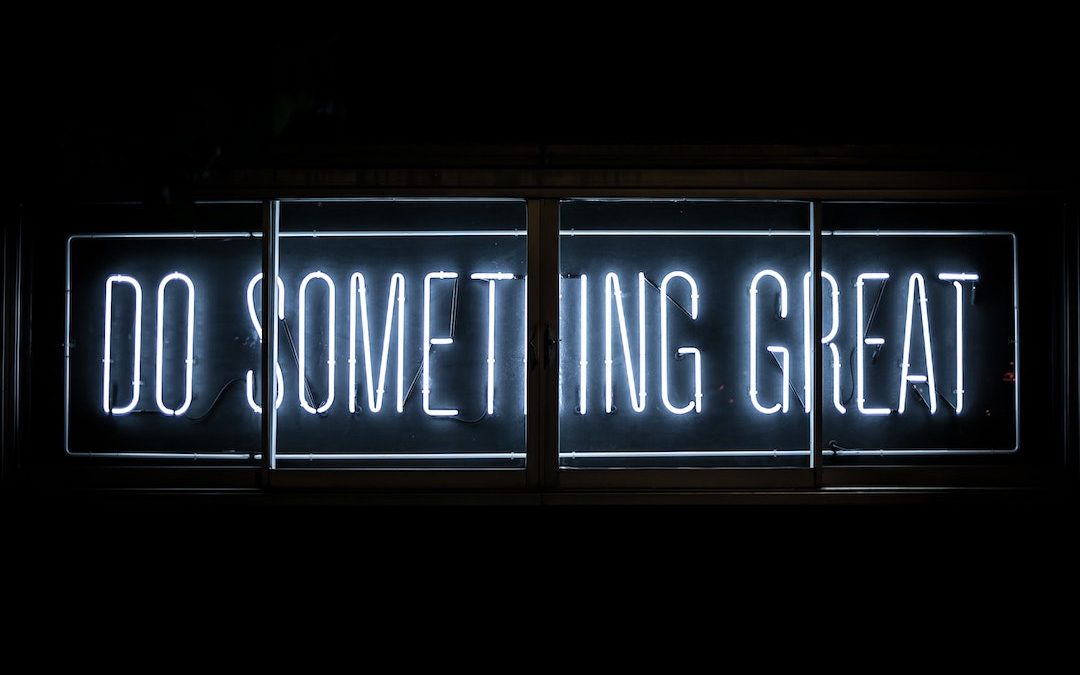
by Rachel Toalson | Wing Chair Musings
I’ve been pondering some deep things lately.
I recently finished Simu Liu’s memoir, We Were Dreamers: an Immigrant Superhero Origin Story. Liu is probably best known for his role as the Marvel superhero Shang-Chi. But you might also know him from the TV show Kim’s Convenience.
Liu’s memoir was an inspiring read about the life of an Asian immigrant in the acting world.
He was thrown into fame after his role in the Marvel universe. And that got me thinking: What must it be like to be a superhero? To be known as someone so great (even if it’s fiction)? To be seen and, consequently, known?
I know only a mere fraction of that notoriety. I’ve visited my kids’ schools and talked about my books. Occasionally, when I’m walking my young ones to school and I pass kids who have been in one of my talks, I’ll hear them whisper to their friends, “That’s the author, remember?” I find myself standing a little straighter, speaking more gently to my children, smiling a little more.
My mode of operation is to stay out of the spotlight. I like existing behind the scenes. But I also have big ambitions. I want to make a difference in the world. And to do that, I’m beginning to think you need to be known.
Trust me, I know how uncomfortable this can make some of us feel. When I get a big idea, like I should do a school visit and talk about compassion and love, I immediately think, But there are so many people who would do a much better job at it than I would.
There are so many who know more, have done more, who are more.
Really, when we think this way, we are just discounting ourselves. Negating our greatness. Succumbing to our insecurities.
“Be immeasurably great, be unfathomably deep,” said the ancient Chinese philosopher Han Fei.
How? I want to ask him. It often feels impossible.
But here’s the thing: We are all immeasurably great, in our own unique ways. Some of us are great speakers, some of us are great listeners—we need both. Some of us are great teachers, some of us are great learners—we need both. Some of us are great dreamers, some of us are great doers—we need both. And some of us are both.
We are all great. So that leaves “be unfathomably deep.” And that’s the real work. Because to become unfathomably deep, we have to reach out. We have to listen. We have to learn. We have to be seen, and, more than that, we have to be known. We become unfathomably deep in the relationships we have with each other, in the forgiveness and compassion and understanding and love and generosity we extend to each other.
I’m not sure there’s another way. Knowledge only takes us so far. Notoriety only takes us so far. Achievement only takes us so far.
We plant ourselves into the soil together, and that’s how we reach deeper and stand taller and survive the storms of doubt and insecurity to become a world-changer.
No one can do it alone.
I hope you have a wonderful month of rich and meaningful connection.
What one step can you take today to become “unfathomably deep?”
Here are some ideas:
1. Make a lunch date with a friend or partner
It’s hard to find the time, isn’t it? We’re all so busy with our own lives, it can seem practically impossible to schedule a lunch or breakfast date with a friend we haven’t seen in a while. My husband and I have been trying to find a day we can have some old friends over for dinner, and we’ve been searching for three weeks, trying to line up schedules. But it’s worth the pursuit. Not only do those relationships need nurturing, but we need the presence of other people, to help us remember we are made for each other.
2. Join a new group of like-minded people
I know, I know. I’m not a group person. But I do belong to a writing group of really lovely people. We meet every morning at 10 a.m., and we write and then we chat about our lives. One of the writers this week said, “Sometimes I feel like this is a good therapy session. There are things I tell you all that I don’t tell anybody else.” And I feel the same way. We all happen to be writers, which means we all understand the ups and downs of writing and publishing, and there is something really special about that. It’s important that we find places of belonging. Among like-minded people is one of the best places to do that.
3. Invest time in young people
I have a large family, which means any time we eat together it counts as a group gathering. We talk around our dinner table about silly stuff, like how to fit twelve grapes in your mouth, and we talk about serious things, like what it means to support a transgender friend going through a rough season of life. Sometimes my kids surprise me with the wisdom that comes out of their mouths. Childlike simplicity is often the best answer to complicated questions. We’ll never know whether or not it is if we don’t invest in the young people in our lives.
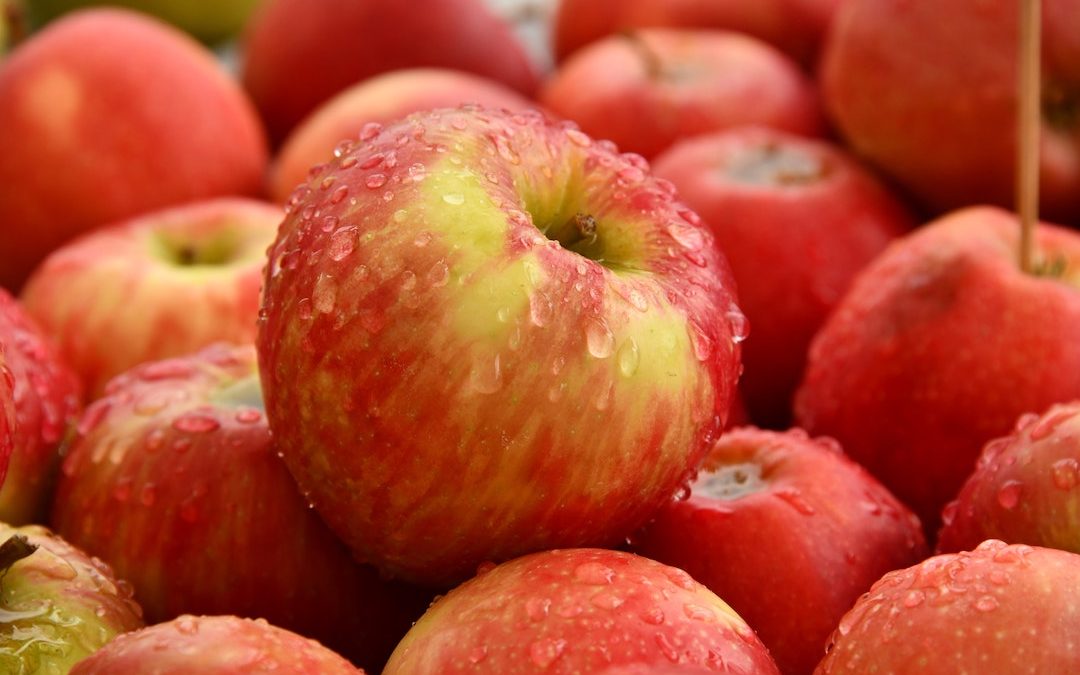
by Rachel Toalson | Books
1. Reading: One of the best books I’ve read so far this summer is Kelly Barnhill’s adult novel When Women Were Dragons. Barnhill is the Newbery award winning author of the middle grade novel The Girl Who Drank the Moon (also a beautifully written book), as well as Iron Hearted Violet, and The Witch’s Boy, both of which I’ve read aloud to my children. Her adult novel is clever, entertaining, philosophically inventive, and (my favorite) delightfully feminist. I loved it so much I recommended it to my husband (who reads about four books a year, so I have to be picky what I recommend. Another recommendation, which he read, was Chimamanda Ngozi Adichie’s We Should All Be Feminists). I said, “This is one of the books you have to read this year.” So there you go.
2. Reading: The July issue of National Geographic had a fascinating story on the power of touch. I’ve said it before in this newsletter: National Geographic is probably one of the most enjoyable magazine subscriptions I have. Unfortunately, you can’t read the article without a subscription, but this free article provides some of the thoughts underlining the larger article and is just as fascinating. They also published a podcast exploring the science of a mechanic who lost his hand in an accident, getting the sensation of touch restored in a prosthesis. Science is amazing, isn’t it?
3. Reading: Mark Bittman, who’s best known for his cookbooks, published a book last year called Animal, Vegetable, Junk: A History of Food, from Sustainable to Suicidal. I finally got around to reading it, and wow. This was the first time I’ve read about (or even thought about) the history of food—how we became farmers, why processed food came into the picture, and how the food system highlights inequality and injustice. It was illuminating and very interesting. You may not be a food nerd like me, but it’s still worth a read, for the history and justice-minded solutions presented.
4. Watching: If you’re a writer, you need BookEnds Literary YouTube. BookEnds Literary Agency publishes videos about how to get a literary agent, how to tell when your book’s done, why revisions are important, answers to rights questions, and a whole slew of information that’s helpful for anyone new to the business or even those who have been in it for a while and have questions about whether or not the way things are working is “normal.” (There is no normal is the short answer to that.)
5. Reading: Liane Moriarty is one of my favorite adult writers, and her newest book, Apples Never Fall, is one of the best I’ve read of hers. She has this way of expanding on human nature and really exposing every side of her characters that’s simply delightful. Other favorites includes Big Little Lies, The Husband’s Secret, and Truly Madly Guilty.

by Rachel Toalson | Wing Chair Musings
Back before I published my first book in the traditional publishing world, I had erroneous ideas about what publishing would mean. I thought, for example, that when the first book launched into the world, I would have “arrived.” I would have “made it.” I would have joined the world of…well, it was vague, what that glamorous world of Published Author looked like.
Nothing really changed. I had some launch parties, I signed some books, and I wrote my next book. I did not become famous (not that I would want to be famous—although name recognition, at least, would be nice). I did not move up an income bracket. I did not earn fewer arguments with and tantrums from my children.
I could have let myself feel disappointed. Let down. Betrayed by a dream I’d had since I was four and read my first book all by myself. But I moved on.
That’s the thing about goals: their end point keeps changing. Especially when they’re muddied up by unrealistic expectations.
Once upon a time, I had a goal to become a published author. Then I had a goal to be a doubly published author (meaning, two books out in the world). Then I realized I needed to start making better goals.
It’s good to have quantifiable goals—this many products sold, this many words written in a day, this grade on a test or a project, this much money saved in a month. You can “arrive” at the endpoint of these goals. The endpoint may not look anything like you thought it would. Maybe it looks exactly like you thought it would. But you’re still not finished, not by a long shot.
That’s part of our purpose in life—the unfinished business. The open-ended goals. “Just keep swimming,” as Dory says. Keep creating. Keep working to make the world a better place. Keep being you.
The hardest goals to define are the stretchy ones. Stretchy goals are the ones that keep changing. Growing with us. The ones that never seem finished, no matter how long or hard we work on them.
Stretchy goals can be like my “Become a better writer every book I write.” Or “Make better financial decisions.” Or “Eat cleaner today than I did yesterday.”
There’s this concept in yoga (or at least I was introduced to it in my yoga practice) of becoming one percent better. Be one percent better today than you were yesterday—in money decisions, with your work, when you’re eating, when you’re being a friend or a sibling or a parent. “One percent better” is a stretchy goal.
The best goals, in my opinion, are the ones that have no exact arrival point, either because the end goal keeps stretching or because the end goal is unquantifiable. Like the goal of improvement. How do you know when you have “arrived”? We will never be perfect.
It’s really more about the journey than the end goal, anyway. The journey to our goal is what shapes us and makes us who we are.
Rainer Maria Rilke, one of my favorite poets, famously said, “Live everything. Live the questions now. Perhaps you will then gradually, without noticing it, live along some distant day into the answer.”
We live the journey, and we might eventually find the arrival gate. Or not.
Some of my current “journeys” or “stretchy goals”
1. Fuel my body better.
As a person who has struggled with anorexia for most of my life, I don’t have a great relationship with food. I’m not sure if I ever will. But I keep this as one of my stretchy goals, because I might not ever be healed completely—many former anorexics struggle with food their entire lives—but that does not mean I’m not making progress along the journey. One percent better tomorrow than I was today—and if I slip up again, I start again, too.
2. A better relationship with money.
I worry about money. A lot. Part of this (or maybe most of it) stems from my childhood, growing up in a family that did not have a lot of money, sometimes needed government help, and almost never had extra for savings or spontaneous meals out—at least not until I was almost all grown up. This past, coupled with anxiety, means I stress about money more times than not. I want to work on having a better relationship with money—which, to me, means not worrying so much when a surprise cost pops up—because they’re always popping up. It means keeping a budget and yet not stressing over the numbers. It means saying yes to the spontaneous meal out every once in a while. One percent better.
3. Caring for myself better.
As a mom, I typically let myself get rundown trying to see to the needs of all my children. And then I rarely have time to recharge. But I am on a journey to find moments here and there when I can meditate, do yoga, or sit and read for two minutes, five minutes, maybe a luxurious ten minutes. The biggest part of this? Not feeling guilty for taking time to myself. One percent better tomorrow.






